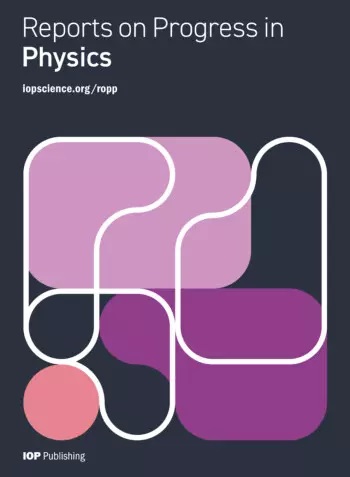实时超分辨率结构照明显微镜:关节空间和频率重建的最新进展。
IF 20.7
1区 物理与天体物理
Q1 PHYSICS, MULTIDISCIPLINARY
引用次数: 0
摘要
结构照明显微镜(structured illumination microscopy, SIM)由于具有低光剂量、超高成像速度和超高分辨率等优点,被广泛应用于研究活细胞胞内结构之间的动态相互作用。然而,由于现有重建算法(如空间频域转换、迭代参数估计和复反褶积)的局限性,实时成像仍然具有挑战性。为了实现“所见即所得”,还需要改进SIM的重建算法。在这里,我们首先简要介绍了超分辨率显微镜和SIM的原理。然后,对SR-SIM超分辨率图像重建算法进行了比较分析,讨论了各种算法的优缺点。为了实现实时重建,我们提出了一种联合空间和频率重建(JSFR)框架。基于JSFR框架,实现了高图像重建速度,并展示了其在2D-SIM、3D-SIM和非线性SIM超分辨率成像中的实时伪影抑制能力。最后,我们通过讨论其作为深度学习和活细胞观察数据平台的潜在应用,探讨了所提出技术的前景。 。本文章由计算机程序翻译,如有差异,请以英文原文为准。
Real-time super-resolution structured illumination microscopy: current progress in joint space and frequency reconstruction.
Due to its low light dose, ultra-high imaging speed and super-resolution, structured illumination microscopy (SIM) is now widely used in various applications to study dynamic interactions between intracellular structures of living cells. However, real-time imaging remains challenging due to the limitations of existing reconstruction algorithms, such as spatial frequency domain conversion, iterative parameter estimation, and complex deconvolution. To achieve "what you see is what you get", the reconstruction algorithm of SIM needs to be improved. Here, we first briefly introduce the principle of super-resolution microscopy and SIM. Then, we comparatively review the algorithms for reconstructing super-resolution images in SR-SIM and discuss the advantages and disadvantages of each algorithm. To achieve real-time reconstruction, we propose a joint space and frequency reconstruction (JSFR) framework. Based on the JSFR framework, we realize a high image reconstruction speed and demonstrate its capability in real-time artifact reduction super-resolution imaging for 2D-SIM, 3D-SIM, and nonlinear SIM. Finally, we explore the prospects of the proposed technique by discussing its potential applications as a data platform for deep learning and live cell observation.
.
求助全文
通过发布文献求助,成功后即可免费获取论文全文。
去求助
来源期刊

Reports on Progress in Physics
物理-物理:综合
CiteScore
31.90
自引率
0.00%
发文量
45
审稿时长
6-12 weeks
期刊介绍:
Reports on Progress in Physics is a highly selective journal with a mission to publish ground-breaking new research and authoritative invited reviews of the highest quality and significance across all areas of physics and related areas. Articles must be essential reading for specialists, and likely to be of broader multidisciplinary interest with the expectation for long-term scientific impact and influence on the current state and/or future direction of a field.
 求助内容:
求助内容: 应助结果提醒方式:
应助结果提醒方式:


